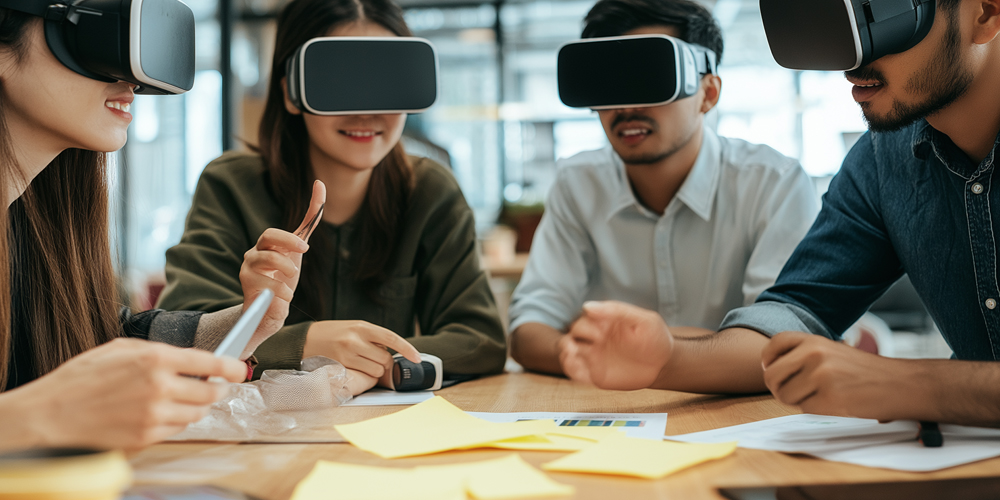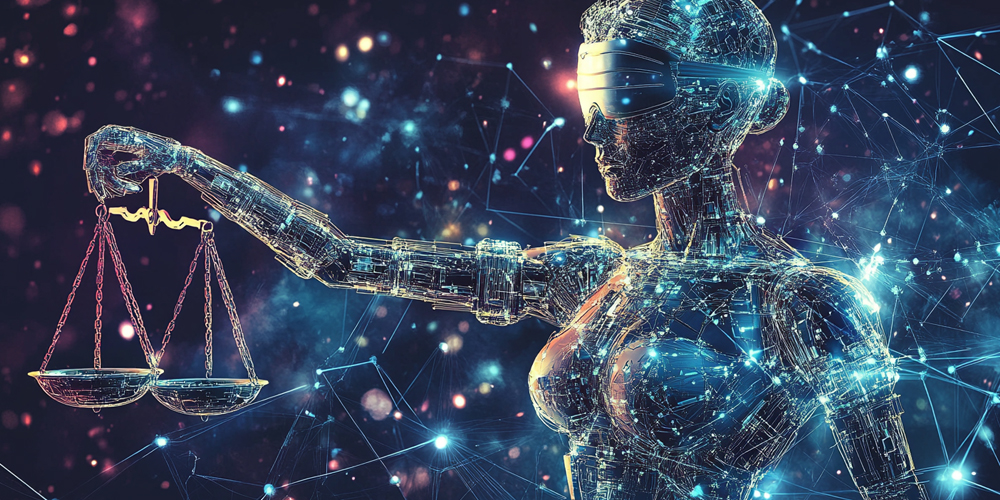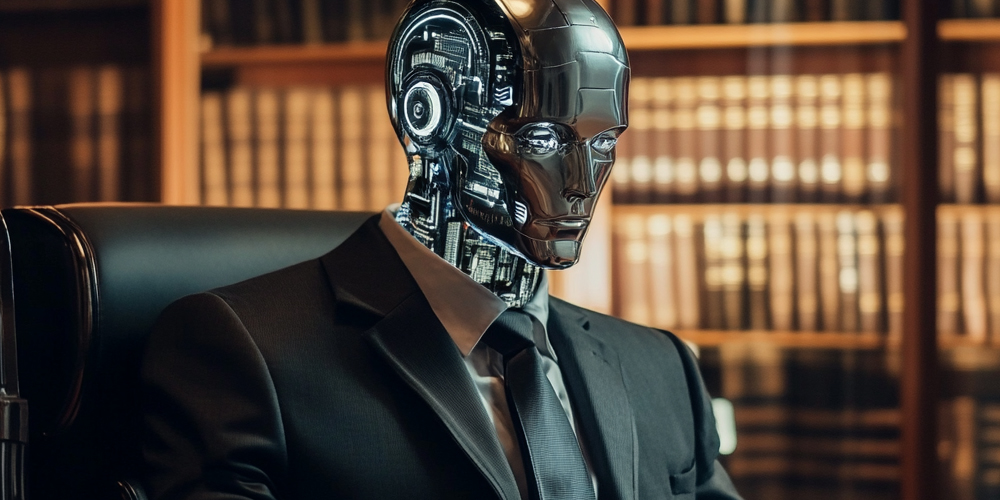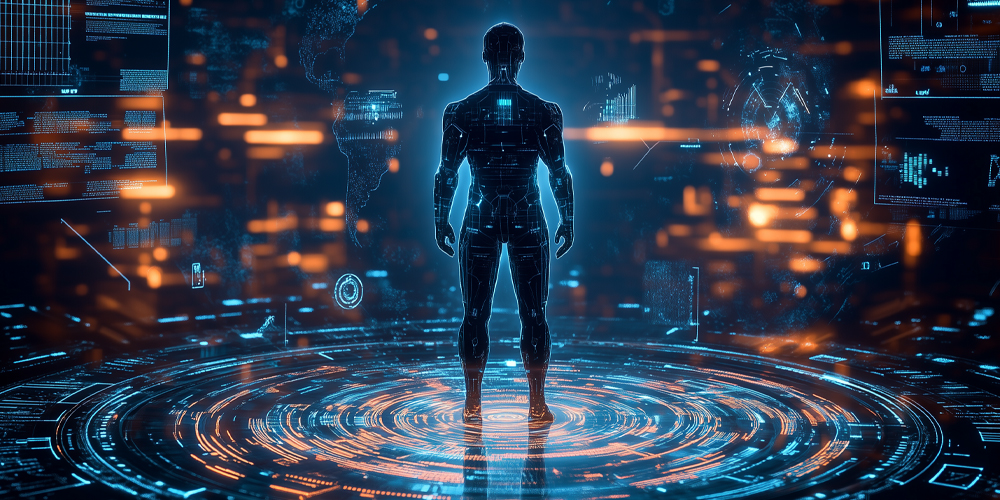Generative AI is changing the way we create and interact with content. From generating images to writing articles, this technology is reshaping industries. In this article, we’ll explore the key trends behind the rise of generative AI, its applications, and what the future holds for this exciting field.
What is Generative AI?
Generative AI refers to artificial intelligence systems that create new content. Unlike traditional AI, which focuses on tasks like classification or prediction, generative AI produces original outputs based on patterns it learns from data. It can generate text, images, music, and even videos. The technology uses advanced algorithms, such as Generative Adversarial Networks (GANs) and Transformer-based models, to mimic human creativity.
These AI systems learn from vast datasets, recognizing patterns and generating content that mirrors human creations, but with entirely new results. This technology is advancing rapidly, and its applications are growing across various sectors, including creative arts, healthcare, and business.
Key Trends in Generative AI
Several trends are driving the adoption of generative AI. These trends are shaping the technology’s development and its impact on industries.
1. AI-Powered Content Creation
One of the most significant applications of generative AI is content creation. Tools like OpenAI’s GPT-3 and GPT-4 are transforming the way businesses, marketers, and writers create text. These AI models can generate human-like articles, blog posts, and even poetry. As a result, they have become invaluable tools for content creation, streamlining workflows and improving efficiency.
AI-powered tools can quickly draft articles, summarize information, and even answer customer queries. This ability to produce high-quality text at speed is transforming industries like journalism, digital marketing, and e-commerce. Businesses are using AI to automate routine writing tasks, allowing employees to focus on more complex and creative work.
Furthermore, generative AI can tailor content to specific audiences, creating personalized messages that increase engagement and conversion rates. As AI becomes more advanced, it will become even better at matching the tone, style, and voice of human writers.

2. AI-Generated Art and Design
Generative AI is also having a significant impact on art and design. Platforms like DALL·E and Artbreeder allow users to generate images based on simple text prompts. These tools make it possible for people with little to no artistic skill to create stunning visuals.
AI-generated art is gaining traction in industries like advertising, graphic design, and fashion. Designers use AI to explore new creative concepts quickly and generate multiple ideas in seconds. These AI tools are helping professionals and amateurs alike push the boundaries of traditional creative practices.
Some AI-generated art has even been sold at auctions, blurring the lines between human and machine-made creations. This raises interesting questions about the value of art and the nature of creativity in the digital age.
3. Deepfake Technology and Ethical Concerns
One of the more controversial applications of generative AI is deepfakes. Deepfakes use AI to manipulate videos or audio to create realistic but fake content. While this technology can be used for entertainment and film production, it has raised concerns about its potential for misuse.
Deepfakes can be used to impersonate public figures, creating fake videos that can deceive audiences. This has led to concerns about misinformation, privacy violations, and the potential for fraud. As deepfakes become more convincing, it becomes harder to distinguish between real and fake content, posing risks to security and trust in media.
Efforts are underway to develop AI tools that can detect deepfakes and prevent their misuse. Many experts believe that regulation and ethical guidelines will be necessary to mitigate the risks of this technology.
4. Generative AI in Healthcare
Generative AI is also making strides in healthcare. It’s being used in drug discovery, medical imaging, and personalized medicine. One of the most exciting developments is AlphaFold, an AI model that predicts protein structures. This breakthrough is helping scientists better understand diseases and develop new treatments.
AI is also being used to personalize treatment plans by analyzing patient data and predicting outcomes. By doing so, healthcare providers can offer more accurate diagnoses and tailored treatment options. Furthermore, generative AI can help create synthetic medical data for training AI systems, allowing researchers to improve healthcare technologies without compromising patient privacy.
As AI continues to advance, we expect it to play an even bigger role in healthcare, from developing new medicines to enhancing diagnostic capabilities.
5. AI in Music and Video Production
Generative AI is also changing the way music and video content are created. AI systems like OpenAI’s Jukedeck and Aiva use machine learning to compose original music based on input data like mood, genre, and instruments.
In the video production industry, AI tools are automating tasks such as generating visual effects, creating 3D models, and editing footage. These tools help filmmakers, game developers, and content creators produce high-quality content more efficiently and at lower costs. AI can speed up production processes, enabling creators to focus on higher-level tasks like storytelling and innovation.
AI-generated music and video are not just useful in entertainment but also for advertising, where brands can create personalized media content at scale.
6. Ethical Issues in Generative AI
As generative AI becomes more powerful, it raises important ethical questions. One issue is ownership. If an AI generates a piece of content, who owns it? Is it the creator of the AI, the user, or the company behind the AI technology?
Another concern is the use of AI to create fake content, such as deepfakes. This has raised questions about the potential misuse of AI to deceive people, spread misinformation, or harm reputations. It’s crucial to establish clear ethical guidelines to prevent harmful uses of AI while ensuring that it can still be used creatively and responsibly.
Many experts believe that with proper regulation and oversight, we can minimize the risks and maximize the benefits of generative AI. This will require collaboration between developers, governments, and organizations to create standards that ensure responsible AI development.
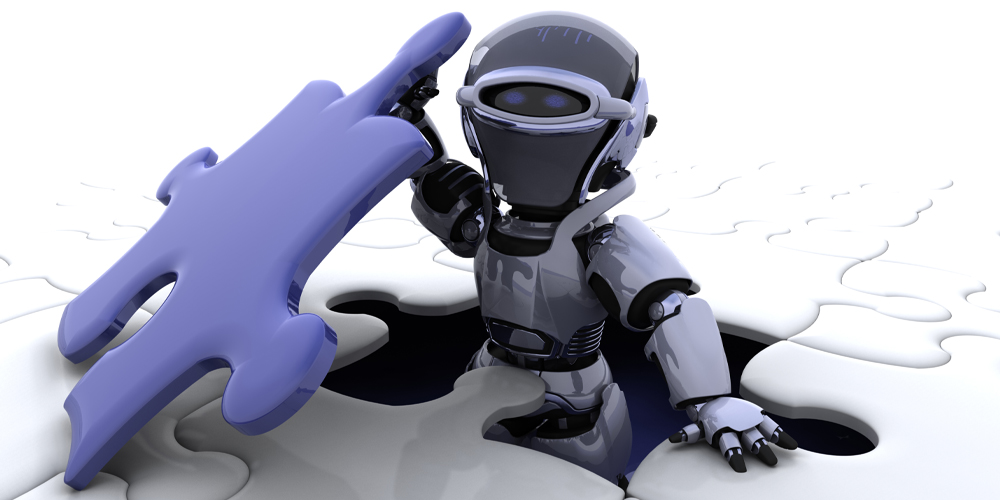
The Future of Generative AI
The future of generative AI looks bright. As AI technology continues to improve, its applications will become even more widespread and sophisticated. Here are a few trends to watch for:
- Wider Use in Daily Tools: More tools will integrate generative AI to help people create content, design graphics, and write articles more efficiently.
- Greater Personalization: AI will be able to generate highly personalized content based on individual preferences, making experiences more tailored and engaging.
- New Creative Industries: As AI-generated content becomes more mainstream, new industries and business models will emerge, particularly in digital art, music, and media.
- Stronger Ethical Frameworks: The rise of generative AI will prompt stricter regulations and ethical frameworks to ensure that the technology is used responsibly and transparently.
Conclusion
Generative AI is revolutionizing content creation, art, healthcare, and many other fields. From writing articles to composing music and designing artwork, it’s reshaping how we think about creativity and innovation. However, as this technology grows, it’s important to address the ethical concerns that arise. By developing clear guidelines and using AI responsibly, we can unlock its full potential while minimizing risks.

